NATURE sneaks up on me year after year. I think I’ve got it all figured out (at least more or less) and understand the cycles and patterns in the flow of life in the mountains around us. Then, every year I am put in my place yet again by things that I didn’t expect or had half forgotten about.
This time it was on my way from Grazalema village after a happy relaxed walk with a few fun Dutch people and heading back home. As I was about to turn onto the winding road to Montejaque, the dead poplars on the side of the road caught my eye. There, looking like strange large fruit, were around forty Black Kites somberly huddled close together in a silent gathering, resting before their further journey south, unperturbed by the people and cars around them.
And so migration begins and takes me by surprise again. I am not the only one who admits to a feeling of sorrow watching the migratory birds go: maybe because we won’t see them till spring, maybe because many of them won’t make it across the Straits of Gibraltar and deeper into Africa. Or maybe because this reminds me of the tireless cycle of nature which moves independently of any affairs in our human world and puts a lot of things in perspective.
The same day I started getting emails which customarily float around between “birders” of all nationalities around Spain and the world: the kites are on the move, hundreds are seen over the skies in Malaga and Seville. People watch and wonder, every year, as thousands of birds start moving across Europe: how does it feel to cross continents and seas just to survive? Do the birds feel joy upon arrival?
They certainly seem to, celebrating the end of these grueling journeys with wing flapping and lots of noise, just as they do when they arrive in Europe in spring to their old nesting grounds. Some would consider this thought anthropomorphic. However it is hard not to imagine that an exhausting flight from North of Europe to Sub-Saharan Africa wouldn’t fill the birds with a sense of triumph and pleasure.
There has been lots of research recently on how animals perceive the world. “Bird Sense” by Tim Birkhead is one of the examples how science can lead to better understanding of animals and how their brains work. Our attitudes are changing, from the purely sentimental or the anthropocentric (when we consider humans to be the all-knowing “masters” of nature) to a more modern approach: keeping an open mind on the subject of animal emotions, perception, intelligence and awareness.
I have seen Bee-eaters swooping down to a dead member of their flock run over by a car, screaming and flying over it repeatedly, and I could not find another explanation other than the clear picture of a shock over what had happened to their mate. I have seen similar behaviour with Little Owls and Stonechats. I have also seen birds communicate, play, work together and use tools and logic. And so, without any reservations, I can say this. Next spring when the birds are back from Africa, I will be sharing their feeling of joy to have done it once again.
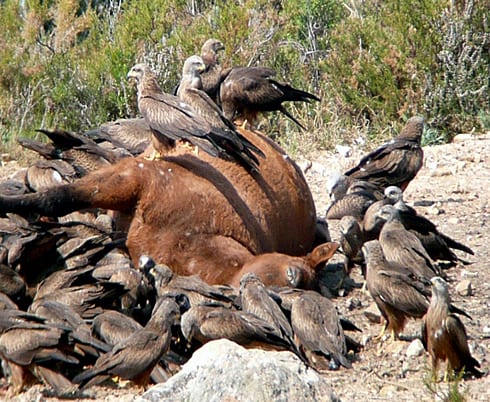

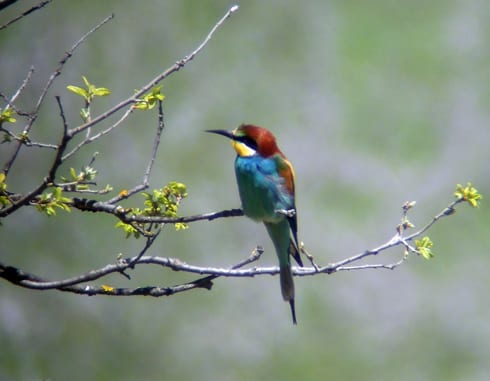

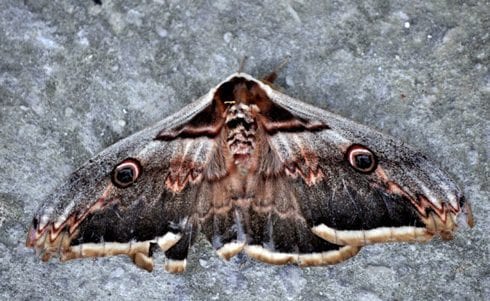

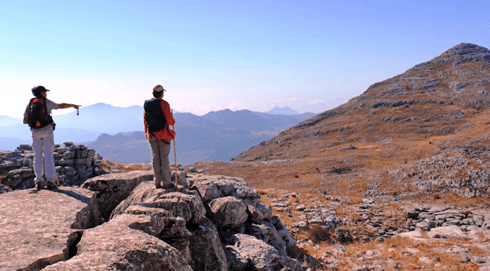

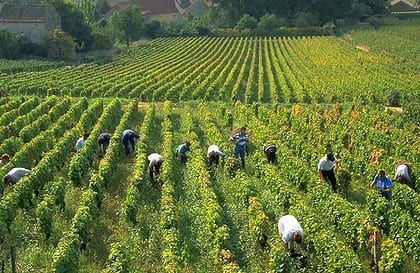
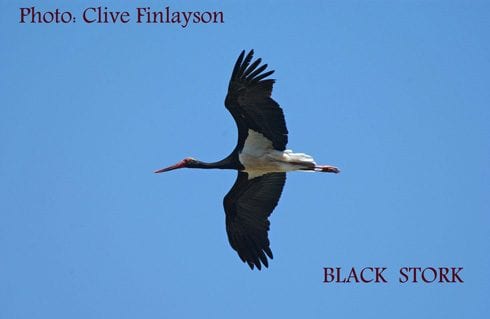
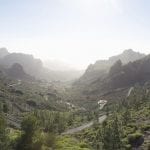

Excellant piece, written by someone who knows what she’s talking about.
Eva – if only we could teach birds not to swoop so low when their flight takes them across roads – so much carnage.
How about a campaign to stop the scumbag hunters in Malta from killing all those birds when they make their way back to Europe in Spring – I called them hunters but I can think of far better adjectives to describe these pathetic excuses for human beings.
Hi Stuart, thank you for your nice comment. Yes, if only birds could understand cars … Around here it is the Crested Larks which give you very little chance of avoiding them on the road. The Malta problem is a big and bad one – the Spanish Sociedad Española de Ornitologia (SEO) keeps on organising petitions and protests but I suspect that what it will take is the old generation of “hunters” dying out…and maybe the younger generation either will be more sensible or have better things to do.Let´s hope.
Mpat birds according to the BTO actually make it across the Strait. Goldcrests crossing the North Sea is something else.